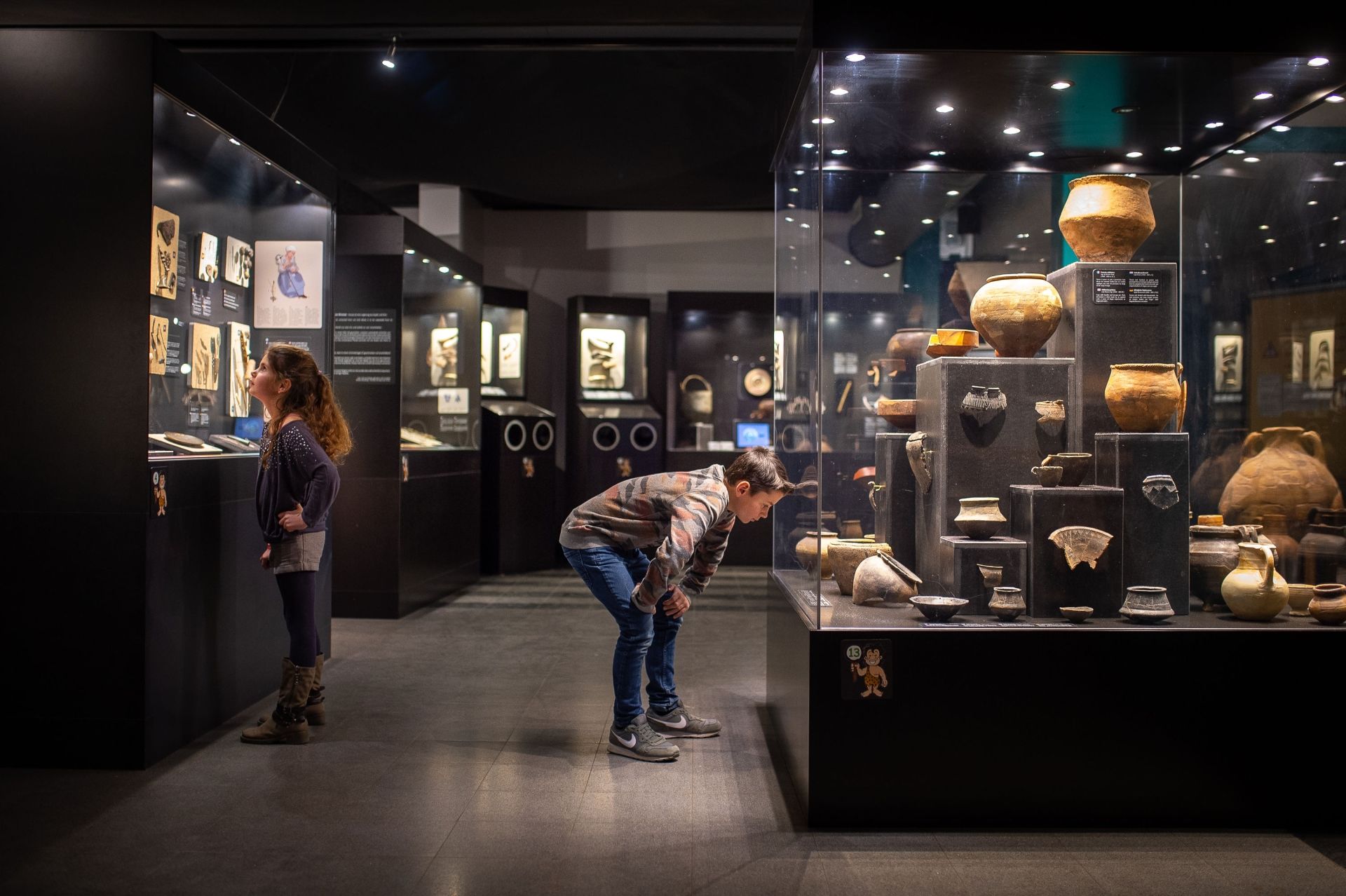The Cave: a living science lab
When you visit the Cave, you're quite likely to encounter a geologist taking a core sample from a stalagmite, a speleologist back from exploring the lesser-known Cave galleries or even a diver-archaeologist popping his head out of the water in between underwater excavations.

The Cave, a living memory of our history
The Cave is a living science lab. A totally different and mysterious world, with secrets that are revealed bit by bit, but only to those that have the patience and courage to ceaselessly roam its obscure nooks and crannies. A dark and secretive world that has so much to teach us, not only about our past, but also about the future, about water, about rocks, about living beings but also how our climate is likely to evolve.
Did you know that each concretion, be it a stalactite or a stalagmite, contains the whole history of the world above it, going back to the very first raindrop that created it? History of our climate, of our fauna and flora, of human activity: by way of the raindrops that have filtered through the rock before evaporating and depositing their calcite, all of these memories are enshrined within the concretions.
.jpg)
But how was the Cave created?
Did you know that limestone, the Cave's basic material, is made out of submarine fossils? A long time ago, our whole area was covered by a tropical sea. How did this sea make way for the geological folds that are typical of the area? When and how did the river manage to carve its way into the hill? How is the Cave evolving nowadays? All of these questions as well as many others are currently being researched by geologists from – among others - Mons university.
By studying the core samples taken from concretions, the researchers from Mons University and the Institute of Natural Sciences can pinpoint and trace key moments in the history of the world and glean precious information from the core samples. For example, by studying the Proserpine stalagmite in the Dome Chamber, scientists were able to retrace the history of the past 2.000 years, from the Little Ice Age to the late 17th century and, more recently, the eighties, when mankind stopped using lead in fuel.
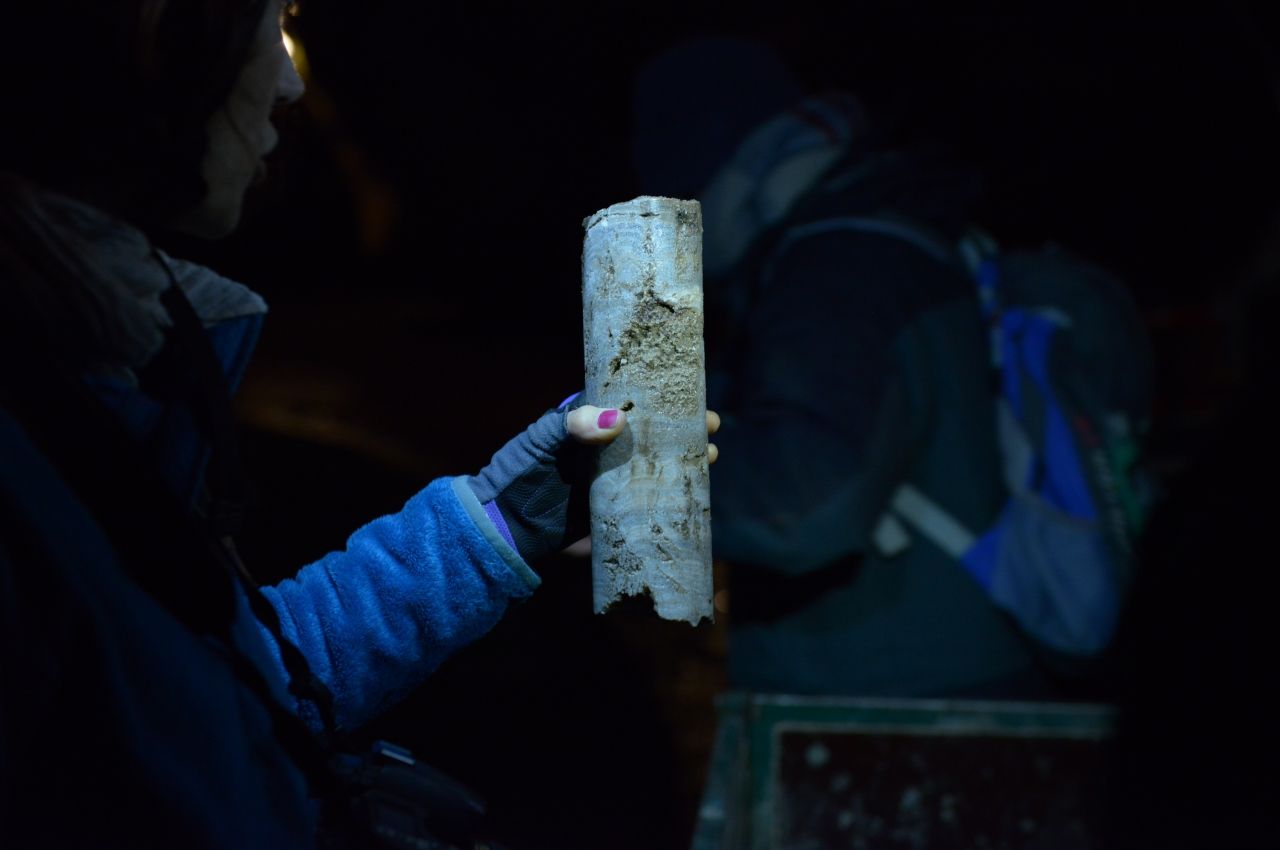
The role of water
The Cave of Han is the fruit of water, it was created by rainwater and river water. The study of the flow of underground water is the object of hydrogeology, an extremely complex scientific discipline that not only combines geology and hydrology, but also other scientific branches such as physics, chemistry and even biology.
If you spot green fluorescent clouds drifting in the Lesse, don't be surprised: it's simply the hydrogeologists from Namur University busy tracing the flow of the river Lesse: where does it flow through, what are its ramifications, how long does its journey take, what is its flow rate?
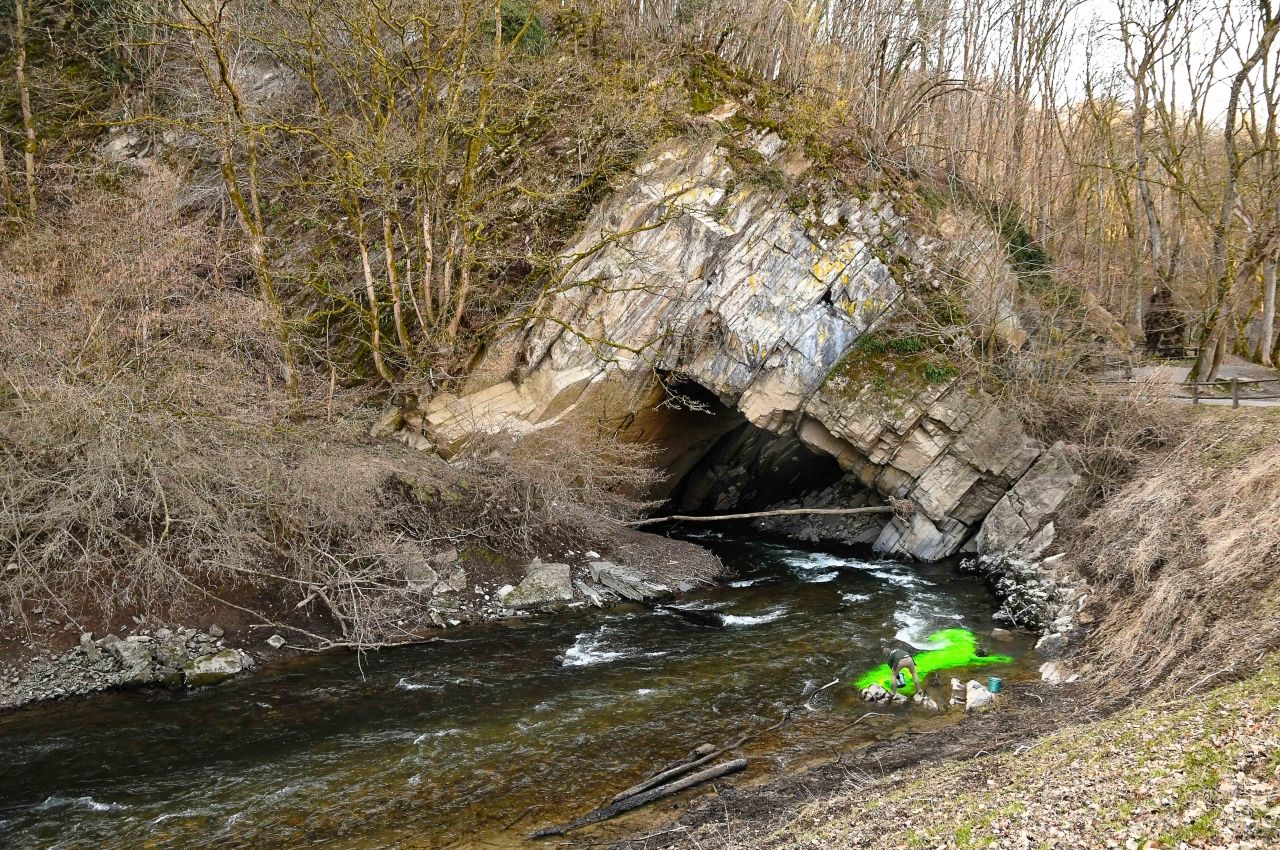
Living beings in the Cave
Is it possible to survive while living permanently in utter darkness and with a constant high humidity level? Well yes, a number of species (fish, crustaceans, insects or reptiles) have fully adapted to the specific milieu that is this underground world and live there all year round. Other species will visit the cave regularly at specific stages of their life. For example, a number of bat species hibernate in the caves and come to stay there on a regular basis, but hunt for food outside the cave.
The study of these cave-dwelling species is known as biospeleology (also known as cave biology). This branch of biology studies the way their morphology and their senses have adapted in order to be able to survive in this very specific milieu.
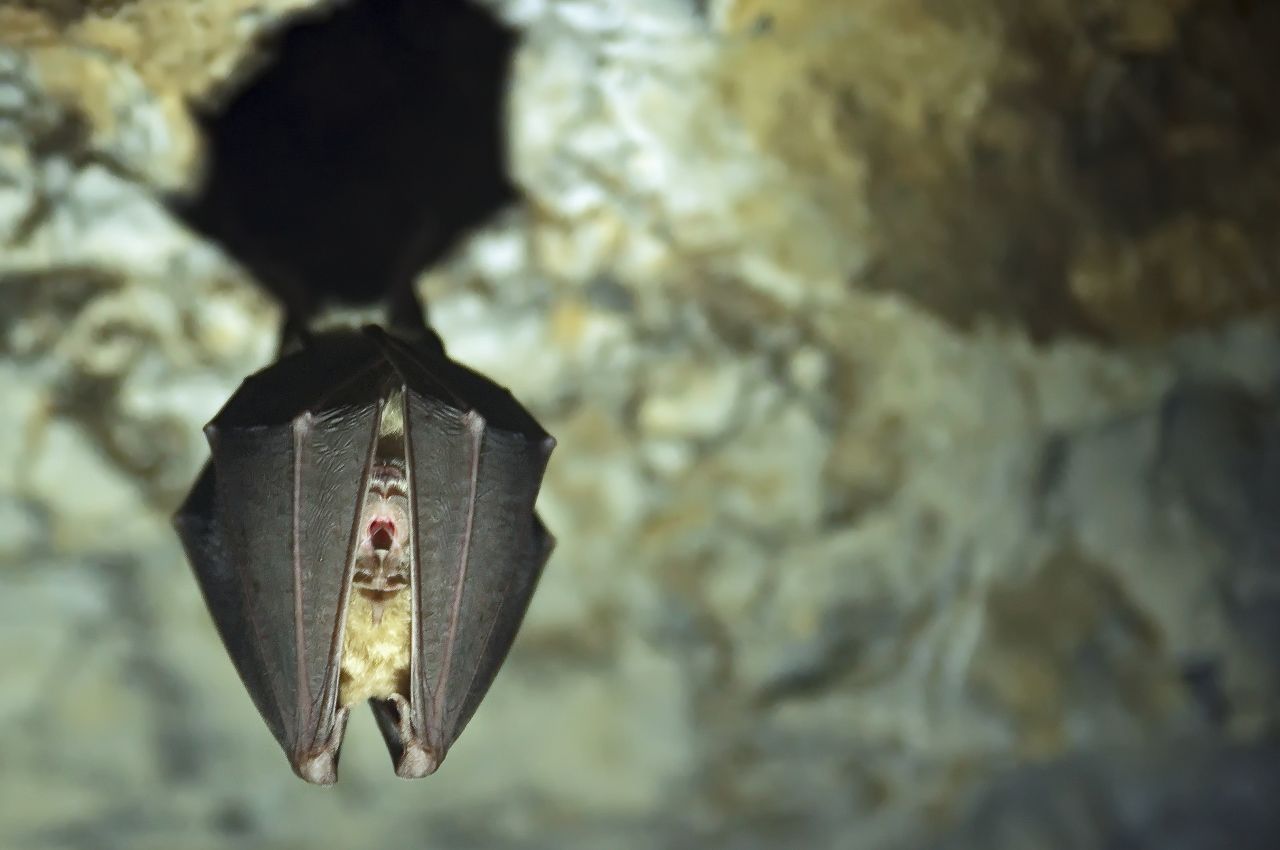
The explorations continue...
Any speleologist that discovers a new cave, a new gallery, is thereafter known as “the inventor”. By opening the cave up to the world, it is as if the spelunker has in some way created the cave.
If you look at it that way, the network that constitutes the Caves of Han is perpetually being created. The Boine Massif resembles a huge Gruyère cheese riddled with cavities and galleries. Over 17 km of chambers and galleries have been discovered. The course of the river Lesse has been fully mapped (twice at the cost of the diver's life). Nonetheless, the cave is still the subject of explorations and several speleology clubs explore the cave on a regular basis, leading to a series of new discoveries. Quite recently, in 2019, speleologists managed to locate the junction between the Network of the underground Lesse (discovered in 1972) and the South Network (discovered in 1959).
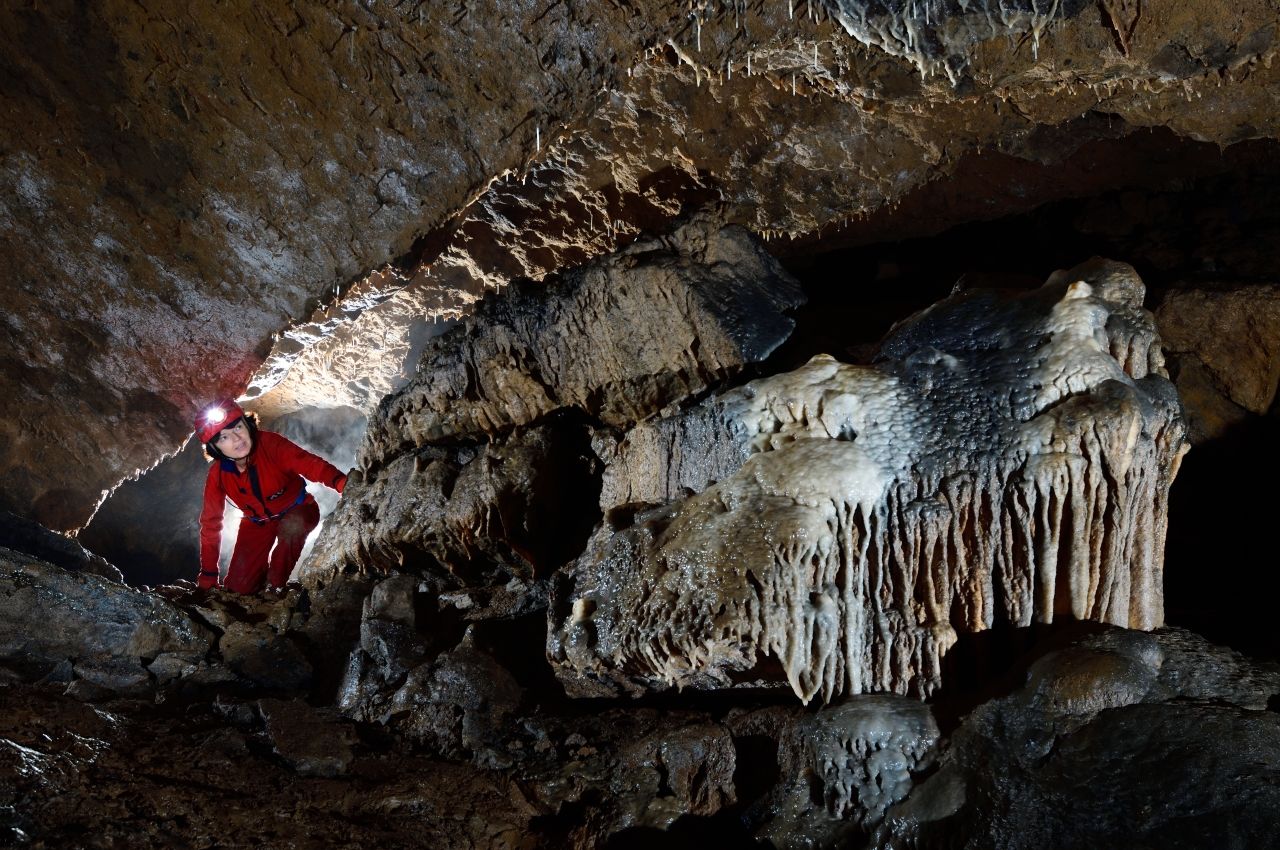
Traces of mankind in the Cave
For at least 10.000 years and until today, the Cave has been visited by mankind: before becoming essential sightseeing, the Cave was used for shelter during cold spells, to seek refuge during wars or any other forms of danger, as a brigand's den, but also as as a place of worship or of pilgrimage.
It is by unearthing objects left there by mankind, by situating and dating them, that the diver-archaeologists of the Centre for Fluvial Archaeology attempt to retrace the history of man visiting the Cave. Over 4.000 archaeological artifacts have been brought to the surface from the Lesse's river bed and the excavations continue.
